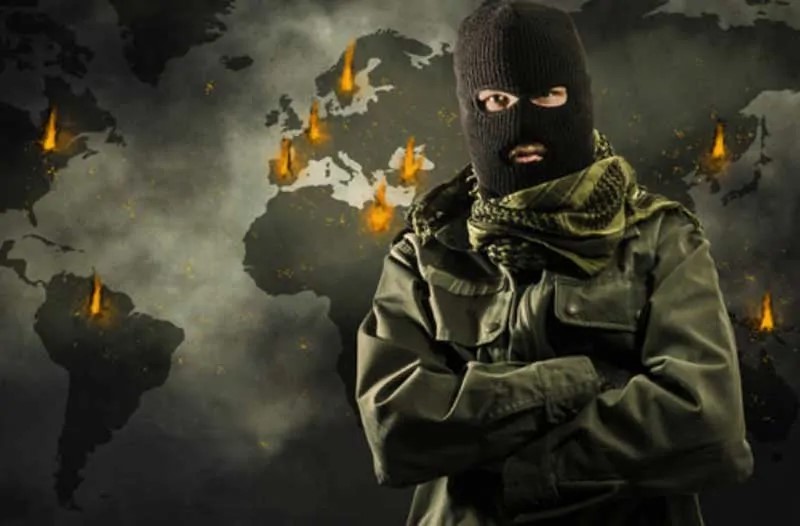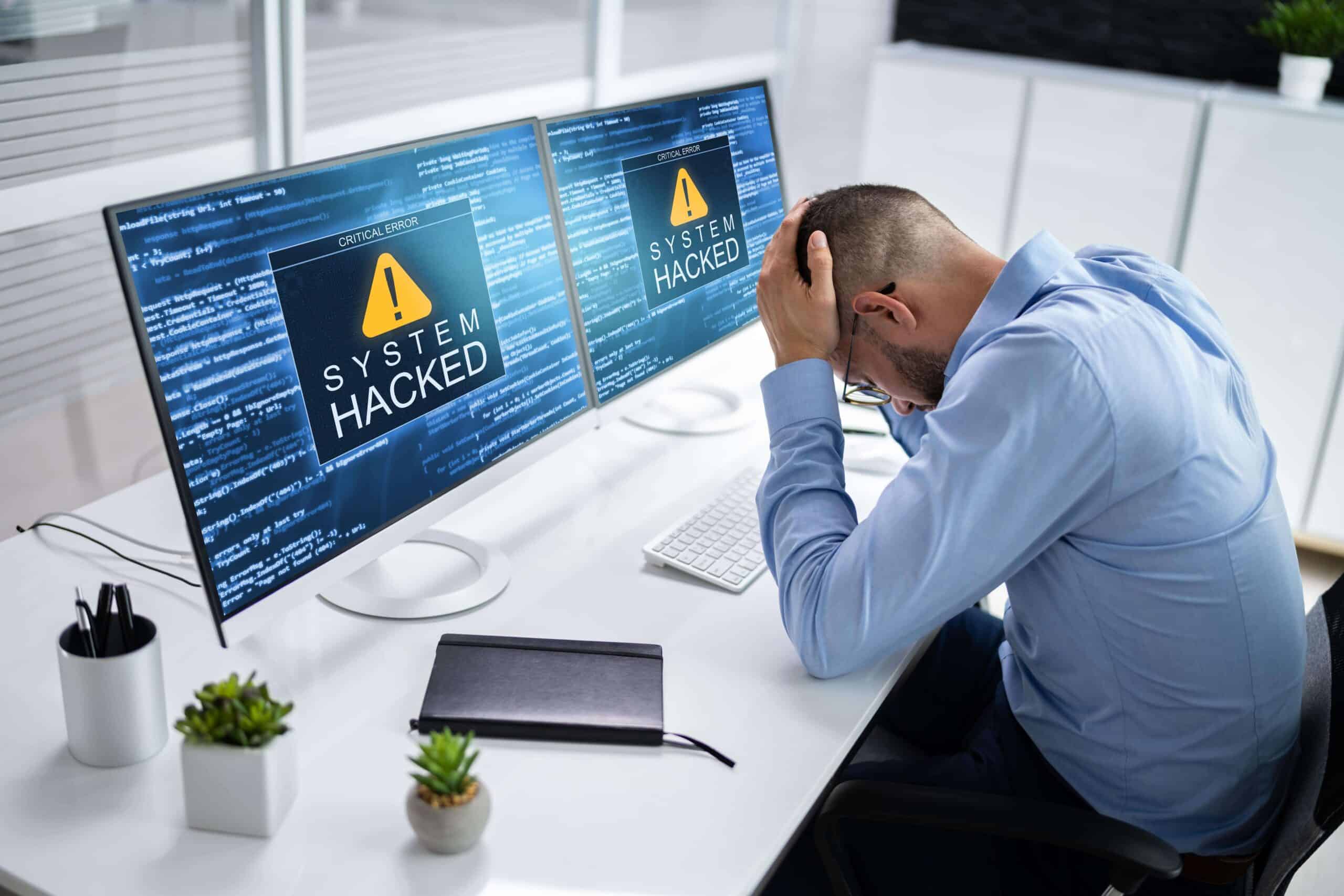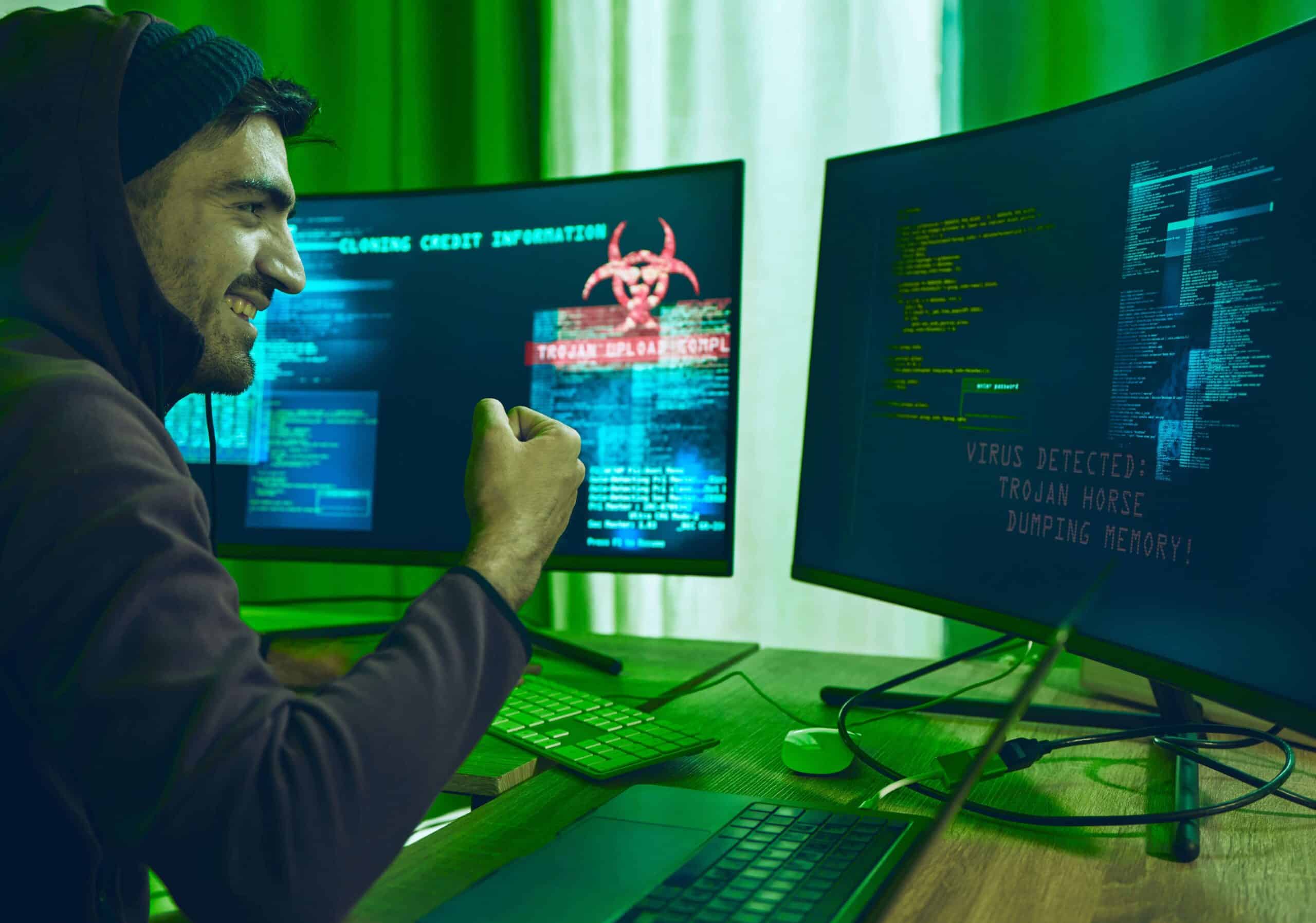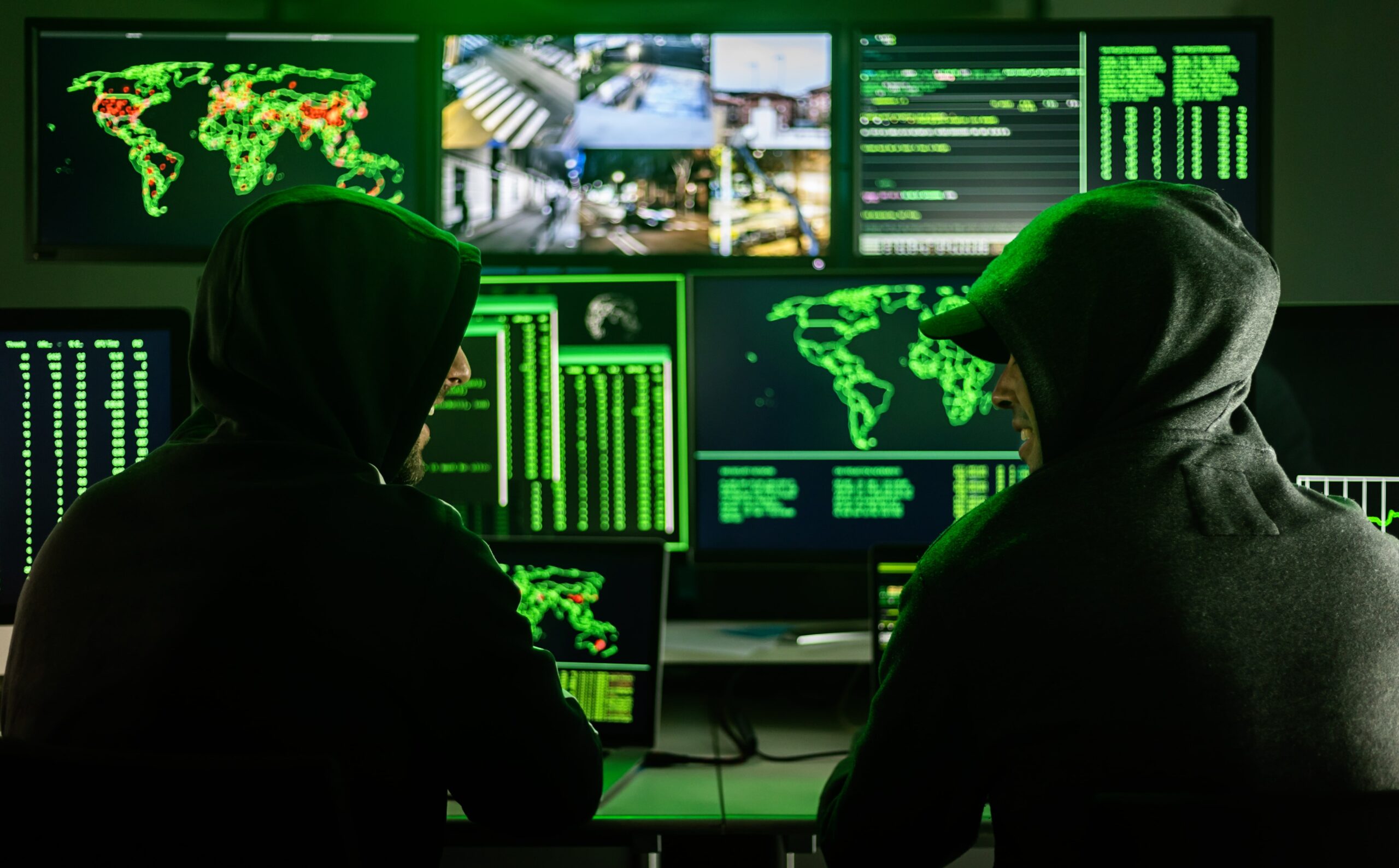Digitally active terrorists are prepared for the future. It is no secret that IS is very well organised, digitally and otherwise. It’s very knowledgeable when it comes to the latest developments and is therefore able to cause so much digital damage that our physical world can get into serious trouble. Firstly, it is reasonable to assume that the terrorist of the future already knows about each and every one of the aforementioned technologies. Secondly, I will discuss some ‘weapons’ that deserve our attention.
- Internet of Things hacks
- 3D printers print arms
Internet of Things hacks
Pretty much everything will be connected. Cars, houses, factories, streetlights. Data is sent back and forth and devices will start interacting with each other. Already, our garage door opens automatically when we come home. What’s more – from miles away, I can keep an eye on my Tesla, make it honk and even drop her top! In the future, our coffeemaker will automatically be replaced before it breaks and as soon as it starts raining, we’ll see more self-driving buses in the city. In the new world, smart fridges will order the right foods at exactly the right time.

The Internet of Things makes our lives easier and more efficient, but the developments are also worrying. Via the IoT, aeroplanes are in contact with, amongst others, satellites. A hacker has already shown us how easy it is to manipulate an aeroplane’s satellite data so that its course can be altered. The device that he needed for this only cost 1,000 euro. Factories as well as (nuclear) power plants can also become targets. In 2010, a nuclear plant was shut down by a cyber attack. Another cyber attack caused an explosion at a German steel plant. In 2014, Japan experienced nearly 1,300 cyber attacks – a 200% increase compared to the year before. Manufacturers like Siemens and General Electric are scratching their heads – worrying about how they can protect their connected systems. Unfortunately, there is no real solution yet. In 2020, we’ll see a world where over 50 million devices are connected. A world where the terrorist of the future will feel quite at home as a simple hack can cause a catastrophe.
3D printers print weapons
We can print almost anything on small and smart 3D printers these days; homes, cars, buildings and more. Soon, we’ll be printing food and even limbs. Bio-printers are already capable of printing live cells – in other words, organs. The terrorist of the future no longer needs to smuggle weapons across borders. Via an iTunes-type database he’ll be able to find all the products he needs to build the weapon for the attack he has in mind; from nano-weapon to laser-rocket. In the future, everything will be printed and assembled on the spot.

Conclusion: headache and irritation
Thinking about this gives me a serious headache. I’m annoyed by it. As a trend watcher and futurist, I also work with Dutch and foreign security services and without going into too much detail, I would like to share a few conclusions with you.
Tardiness and bureaucracy
The tardiness of politics, defence and other security services is distinctive. It plays into the hands of terrorists. A nice metaphor: Within a matter of weeks, an IS terrorist can purchase drones and have them ready for a terrorist attack. While the first attacks are perpetrated, government departments are still discussing the feasibility of using drone technology. We are not agile and flexible. Current organisations no longer meet the requirements of the future.
Chinese walls
In the Netherlands but also in the rest of Europe, we see huge Chinese walls between the defence forces. There is no sharing of information, there’s no collaboration. There are walls between army, air force, police and intelligence services. Internationally, there is virtually no cooperation when it comes to acceleration of organisational or technological developments. To add insult to injury, the different ranks also cause problems in the organisations managed by the military. A petty-officer who is more clued up about technology can ‘tell an officer off’, which is often not appreciated by the officer.
Defence staff members are frustrated
Even more frustrating is the wall being built by the government. A general who knows what he’s talking about isn’t heard by the officials, Secretaries of State and Ministers who are tasked with our country’s security. National government has no idea how to deal with the exponential changes that technology is bringing to the armed forces.
Small group, big future
The group of people tasked with the future of our safety and security is so small, you hardly notice them. But it’s the future that determines how safety and security will take shape in the coming years. While the small, almost invisible groups are busy enriching each other, we’re only just beginning to see the first steps towards open innovation. Why not allow European or Dutch citizens or specialists to contribute ideas instead of trying to figure everything out on your own? If we use all of our collective intelligence simultaneously, the results will be a hundred times better.
Defence is unable to do it
Our current defence organisations are not designed for change. They are designed to do the same things day in and day out. It’s no problem to finalise current issues with this organisation, but it is unable to help us to move ahead quickly. To achieve this we need to add ‘future labs’ to the existing organisation – with the right culture, people, networks and mindset. This is not just applicable to the military and police, but also to ministries and embassies. The old way no longer works. IS terrorists are more flexible. They study the problem and within a short period of time they develop an organisation, hire the best specialists and ‘solve the problem’. In a world where the development of technology is almost faster than the speed of light, this method is the most effective.
There is no hope in the short term
In May this year, a decision was made for the implementation of a special European task force to address this problem. Currently, Member States operate separately from each other – which results in miscommunication and disconnect. The objective for this task force is to monitor critically important messages on digital platforms and pass these on to investigative organisations. A kind of NSA, but in European context. Other European countries take different measures for preventing and dealing with terrorist activity but those measures aren’t all that effective. France, for instance, registers more information about Arab prisoners than other countries do and Belgium can legally tap and freeze funds. Germany, like the Netherlands, can confiscate passports and the UK monitors Internet and mobile data. Spain periodically carries out extensive border checks.
We need a new mindset
Several countries have announced security budget increases. Apparently we need to wait for bombings and casualties to increase these budgets. We have however been aware of these threats for years and making more money available is not the solution. It’s about mindset and an understanding of the fact that the new world has new talents and new rules. We need to understand that we have to break with the old order to get something better in return. I want to do everything possible to get this into the minds of decision makers and policy makers and I would like this article to be a first step. Who is in?
See also: Digital warfare – terrorism of the future – part 1
See also: Digital warfare – terrorism of the future – part 2




